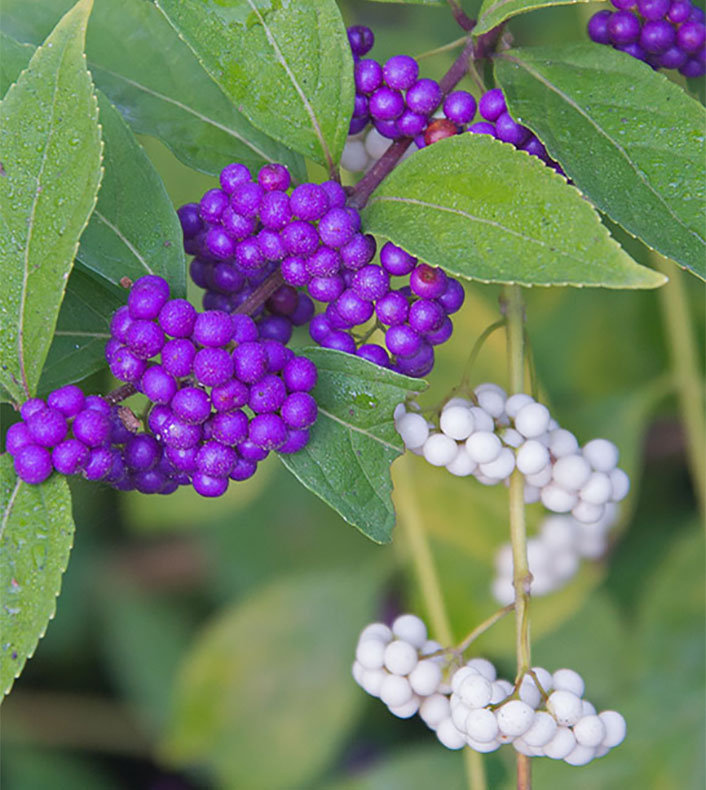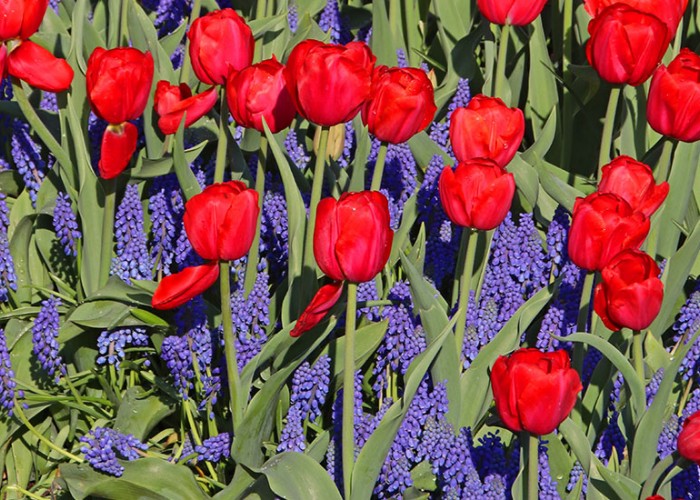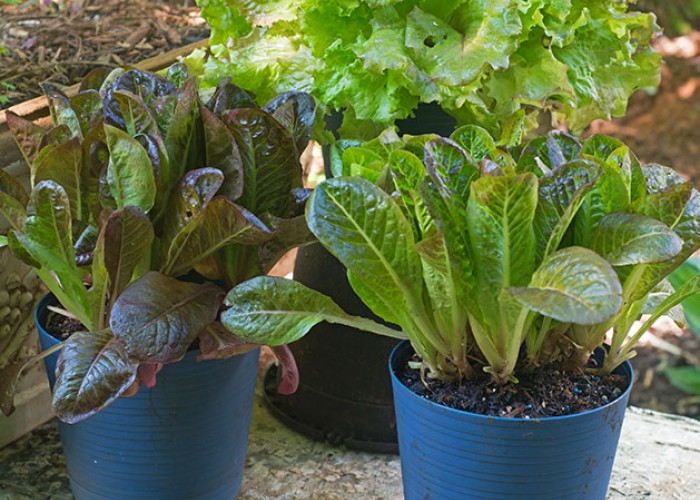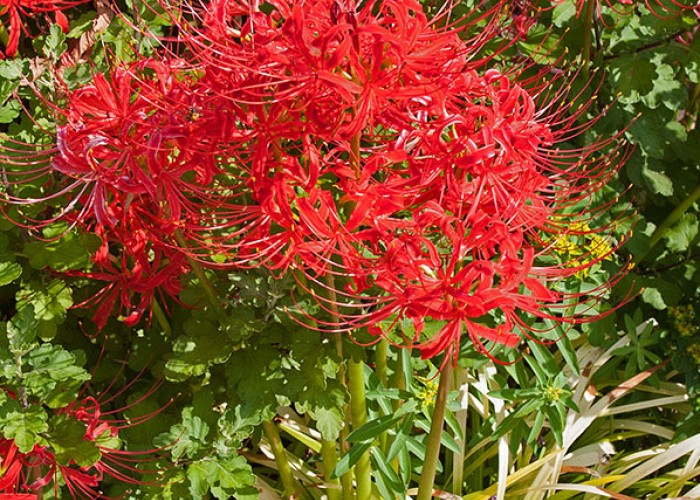Add Showy Beautyberry to Autumn Gardens
Plus Garden To-Do’s for September
By L.A. Jackson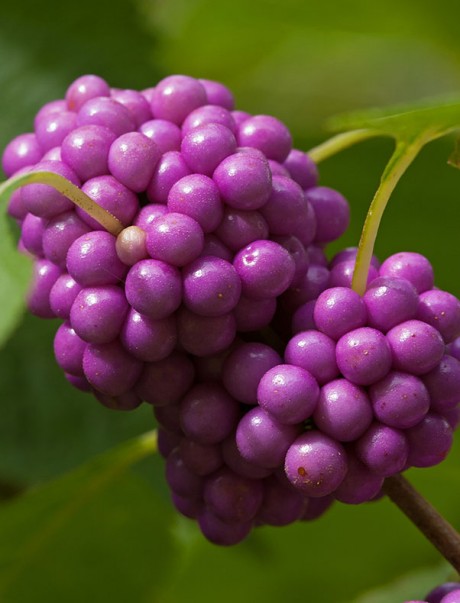
Beautyberry has long been a favorite of gardeners in the know who want to bring extra zing to their fall gardens. Modest in size compared to many other woody ornamentals, this deciduous shrub normally grows 6 to 8 feet tall and can stretch about as wide. It does best in well-tilled, sunny sites that receive some dappled shade in the afternoon.
Small pale pink or white flowers are produced on new wood in the spring (meaning the best time to prune this shrub is late winter), and they are followed by clusters of green berries that slowly slip into their signature purple hue with the approach of autumn. These “berry” nice displays are highlighted even more when the typical fall foliage of surrounding trees and shrubs provides a flaming backdrop.
The American beautyberry (Callicarpa americana) is as advertised, a plant native to our country, and it can be found in the woodlands of the Southeast. Being well-adapted to the southern wilds means it is also a low-maintenance shrub for typical landscapes in North Carolina. The drupes of berries that drip from this bush form tight bands that take on the fun look of sassy purple bracelets.
The berry clusters of the Japanese beautyberry (Callicarpa japonica) are more dispersed along its branches, but still very pretty. This Oriental import reaches about the same size as its American cousin. It can also make a similar statement in the landscape as a single specimen planting or grouped to form a handsome autumn hedge.
Have limited space in your garden? Take a look at Callicarpa dichotoma. Another beautyberry from the Far East, it usually tops out at a mere 4 feet tall and about as wide. Although smaller in stature, its eye appeal is still apparent with royal purple berries that appear in the fall. “Early Amethyst” and “Issai” are popular cultivars of this species.
If shocking purple is an overload on your senses, try the soothing “Welch’s Pink,” which is festooned (yes, I said “festooned”) with delicate pink berries. Looking for a whiter shade of pale? Berries the color of frost can be had with picks such as “Leucocarpa” or “Snow Star.”
Your local garden center is the place to start if you are ready to hunt for beautyberries — and since this is their show-off season, they’ll be easy to spot — but for specific selections, all the cultivars mentioned are easy online finds.
Garden To-Do’s for September
To many, the beautyberry’s eye-catching fruits are Garden-of-Eden-like tempting — so, are they edible? Birds will eat them, but these long-lasting berries don’t seem to be one of their favorite fall and winter snacks. For gardeners, well, it depends on your definition of “edible.” Right off the branch, their taste ranges from bland to astringent, bordering on unpleasant. All is not lost for gardeners curious for a taste because an online search for “beautyberry jelly” will spill out a ton of recipes. Although not in the same abundance, instructions for making beautyberry wine can also be e-found.
- Before herbaceous plants die back, place ID markers beside them to lessen the chances of them being dug up during next spring’s planting frenzy. Also, think about adding when a plant was put in the garden on its marker to help monitor the growth rate of your maturing pretty.
- Continue planting the cool-season veggie patch with such delectable edibles as spinach, radishes, onions, dill, mustard greens, bok choy, lettuce, garlic and kale.
- Autumn leaves will come a tumblin’ down soon, so examine your woody ornamentals now for any damaged, diseased or dead limbs and prune them off so such ugliness won’t be seen next year.
-
Gardening in September
-
Share this story:

